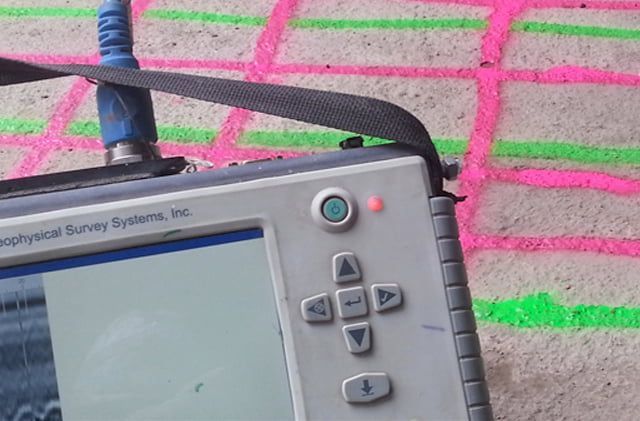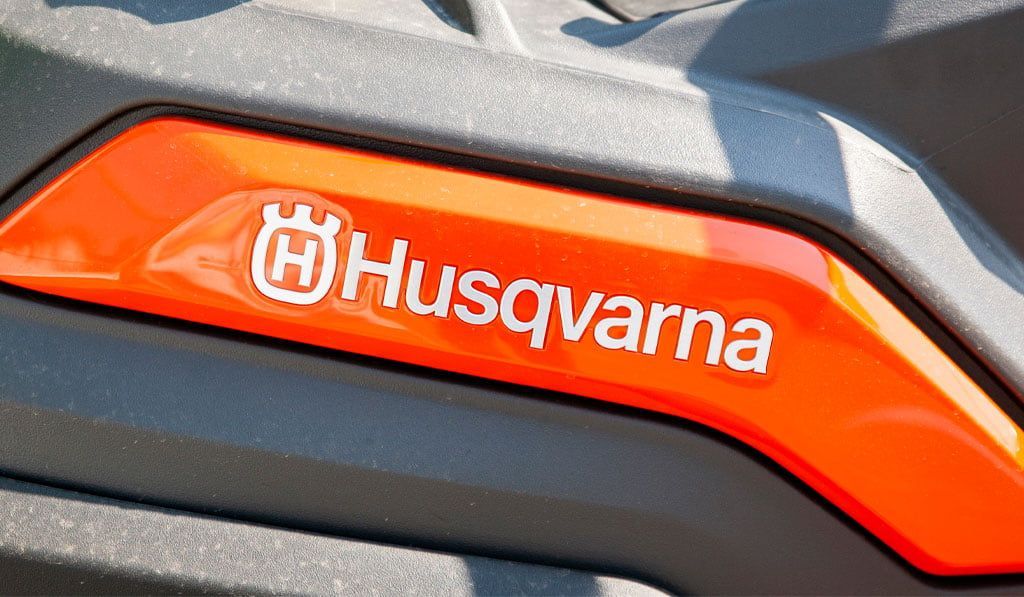Champaign Ground Penetrating Radar — In The Summer Time
Share this article:
Champaign-Area Contractors! It’s summer time. The sun is out, and the UI students are out also. Consequently, there is much work to be done on the less-crowded, UI campus. Since very few are studying on campus, this is the perfect opportunity to drill through or cut into concrete.
Remember (especially when you are working on those high-rises) to scan the concrete in order to find all possible obstructions before drilling. The two most common methods of concrete scanning are GPR and X-ray. They are often referred to as the same method since they serve the same end. But their means and their results are vastly different. Here are four reasons why you should use Ground Penetrating Radar instead of X-ray.

- GPR can scan an unlimited area : a GPR antenna is mounted on a wheeled cart, so it can scan anywhere those wheels can roll. Need a 1’x1’ square? No problem. How about a 6’x6’ square? A 1’x8’ trench path? GPR can do those as well. Typically, X-ray scans come in only 1’x1’ or 2’x2’ squares. Consequently, a GPR technician can clear more core locations in a day than an X-ray technician.
- When it comes to depth and ease of scanning , GPR wins out. With favorable conditions, GPR scans 16” to 22” deep into a concrete slab. X-Ray can only reach 12”-16”. GPR also only needs access to one side of the concrete–be it a wall, ceiling, or ground surface. X-Ray, however, needs access to both sides of the concrete.
- GPR is completely safe for its technician and fellow site workers . It emits less than half the radiation of the average cell phone. No one need clear the site while a GPR technician is working. Everyone around, beneath, and above him is completely safe. During an X-ray scanning session, all other workers must clear the site, and those who operate the machine must wear lead suits.
- GPR produces results in real-time . As soon as a technician scans over an obstruction, he may record it on the surface of the concrete with marker, paint, chalk, or any desired means. Once a core-location is scanned with X-ray, the film must be processed in a lab and then returned to the job site where its findings will be traced back onto the location.
Should you desire to talk further about how we can meet your concrete construction needs, don’t hesitate to contact us. We are the premier Champaign Ground Penetrating Radar providers.
Check us out on:



